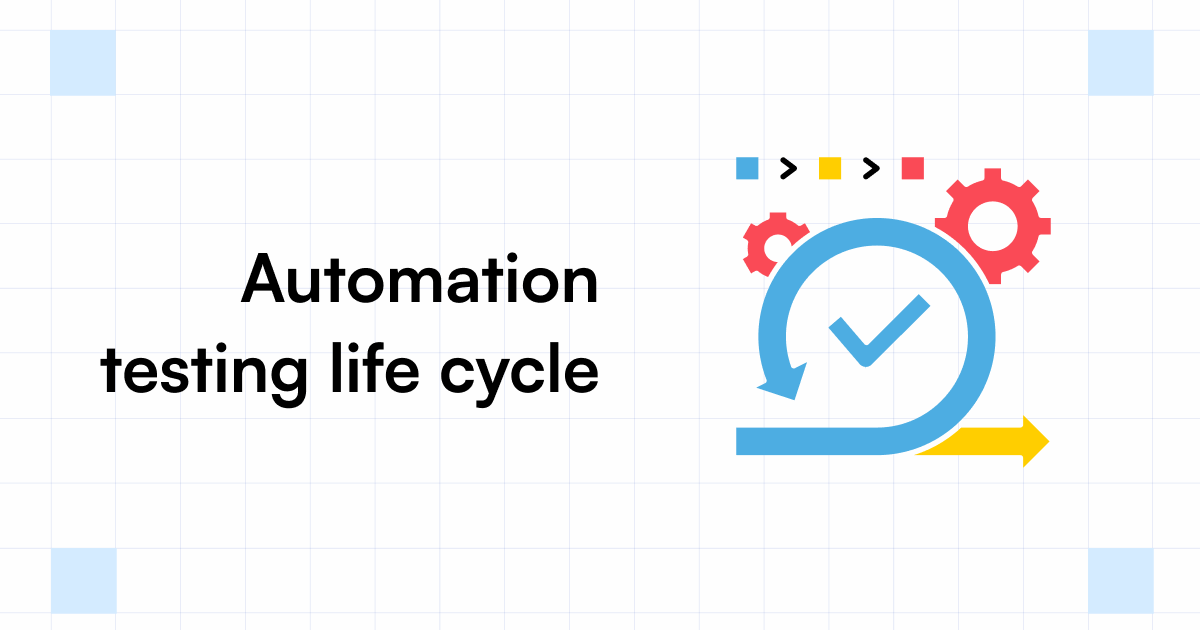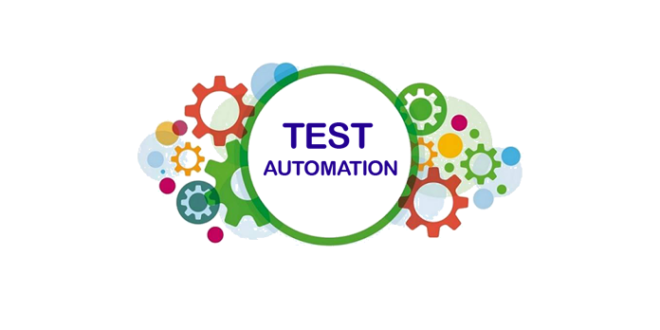Automation Testing Frameworks: Simplifying Complex Testing Scenarios
Making Certain Success in Automation Examining: Secret Metrics, Challenges, and Solutions Every QA Group Ought To Know
In the realm of software quality control, the landscape of automation screening is ever-evolving, demanding a meticulous technique to guarantee smooth procedures. Key metrics serve as the compass directing QA groups through the large surface of examination automation, shedding light on development and areas for enhancement. Obstacles loom huge, often casting darkness on the course to success. By understanding these obstacles and implementing efficient services, QA teams can browse through intricacies with finesse. The journey to understanding automation testing is paved with subtleties that call for an eager eye for surveillance, evaluation, and continual renovation. automation testing. As the sector moves onward, the pursuit for optimal efficiency in automation screening continues to be a continuous pursuit, prompting QA teams to outfit themselves with the expertise and techniques necessary for accomplishment.
Value of Trick Metrics
Understanding the significance of crucial metrics is important for reviewing the efficiency and effectiveness of automation testing processes. Secret metrics work as measurable measures that give valuable insights into different facets of the screening process, such as examination insurance coverage, test execution time, flaw thickness, and test situation efficiency. By assessing these metrics, QA teams can identify traffic jams, inadequacies, and areas for renovation within their automation testing framework.
One vital facet of key metrics is their capacity to track development and check the general health of the screening process (automation testing). They enable stakeholders to make educated decisions based upon data-driven insights, which can lead to extra efficient screening strategies and much better resource appropriation. Furthermore, key metrics can assist groups established practical objectives, determine the success of automation initiatives, and show the ROI of automation testing efforts

Usual Obstacles Dealt With
Obstacles typically run into in automation screening procedures can dramatically impact the general efficiency and performance of QA groups. One of the significant challenges is the option of the best examination situations for automation. Not all test instances are suitable for automation, and picking the wrong ones can lead to lost time and sources. Additionally, preserving test manuscripts can be a complicated task, specifically as the application undergoes constant modifications. Test manuscript maintenance calls for constant updates and alterations to guarantee they reflect the current performance accurately. An additional typical challenge is the first investment needed for establishing automation structures and devices. This can be an obstacle for some companies, particularly smaller sized ones with restricted budgets. Furthermore, automation screening may not cover all facets of testing, such as functionality and customer experience testing, which still need manual intervention. Getting over these obstacles calls for correct preparation, strategic test situation choice, durable upkeep procedures, adequate resources, and a clear understanding of the restrictions of automation screening.
Efficient Solutions for Difficulties
To deal with the obstacles experienced in automation screening, applying efficient services is crucial for enhancing the effectiveness and performance of QA groups. One vital option is to invest in durable training programs for QA teams to ensure they have the needed skills to properly use automation tools. Training can link understanding gaps, boost understanding of automation frameworks, and boost scripting abilities, ultimately bring about much more reliable examination creation and implementation.
Another essential service is to develop clear communication channels within the QA group and with other stakeholders, such as developers and project supervisors. Efficient communication assists in lining up assumptions, sharing progression updates, and quickly addressing problems or obstructions that may arise during the automation testing procedure.

Surveillance and Analysis Techniques
Applying efficient monitoring and evaluation methods is important for ensuring the success and performance of automation testing processes. By using monitoring devices, QA groups can track the performance of examination scripts, recognize bottlenecks, and pinpoint locations for improvement. Real-time monitoring permits quick discovery of concerns, allowing fast response and resolution. Additionally, assessing examination outcomes and metrics gives useful understandings right into the top quality of the original site software being tested and the effectiveness of the testing method.
One trick technique in tracking and evaluation is making use of dashboards that consolidate appropriate metrics and KPIs in a visually available layout. These dashboards use a comprehensive overview of test execution condition, examination protection, issue fads, and other essential info. Regularly evaluating and examining these control panels can aid QA teams make notified decisions, prioritize tasks, and optimize testing efforts.
Moreover, carrying out automated informs and alerts based upon predefined limits can boost aggressive surveillance and prompt treatment. By establishing informs for efficiency deviations or examination failings, teams can deal with problems promptly and avoid them from escalating. In general, monitoring and evaluation strategies play an essential duty in ensuring the effectiveness and success of automation screening campaigns.
Constant Enhancement Techniques
Enhancing the effectiveness of automation screening processes necessitates the regular refinement of methodologies and methods. One crucial method to enhancing automation screening procedures is to conduct routine reviews and retrospectives.

Final Thought
In conclusion, it is essential for QA groups to comprehend the vital metrics, challenges, and remedies in automation testing to make certain success. By meticulously checking and examining data, carrying out effective remedies to common challenges, and continuously enhancing methods, QA groups can optimize their screening procedures and deliver high-grade software. Abiding by these methods will inevitably result in a lot more reliable and effective automation testing techniques.
By examining link these metrics, QA groups can recognize bottlenecks, inadequacies, and locations for improvement within their automation testing framework.
Furthermore, vital metrics can aid teams set reasonable objectives, gauge the success of automation initiatives, and demonstrate the ROI of automation testing efforts.
Difficulties generally experienced in automation testing procedures can dramatically impact the overall efficiency and effectiveness of QA teams. Automation testing might not cover Web Site all facets of testing, such as use and individual experience testing, which still require manual intervention.In conclusion, it is important for QA teams to comprehend the vital metrics, challenges, and solutions in automation testing to ensure success.